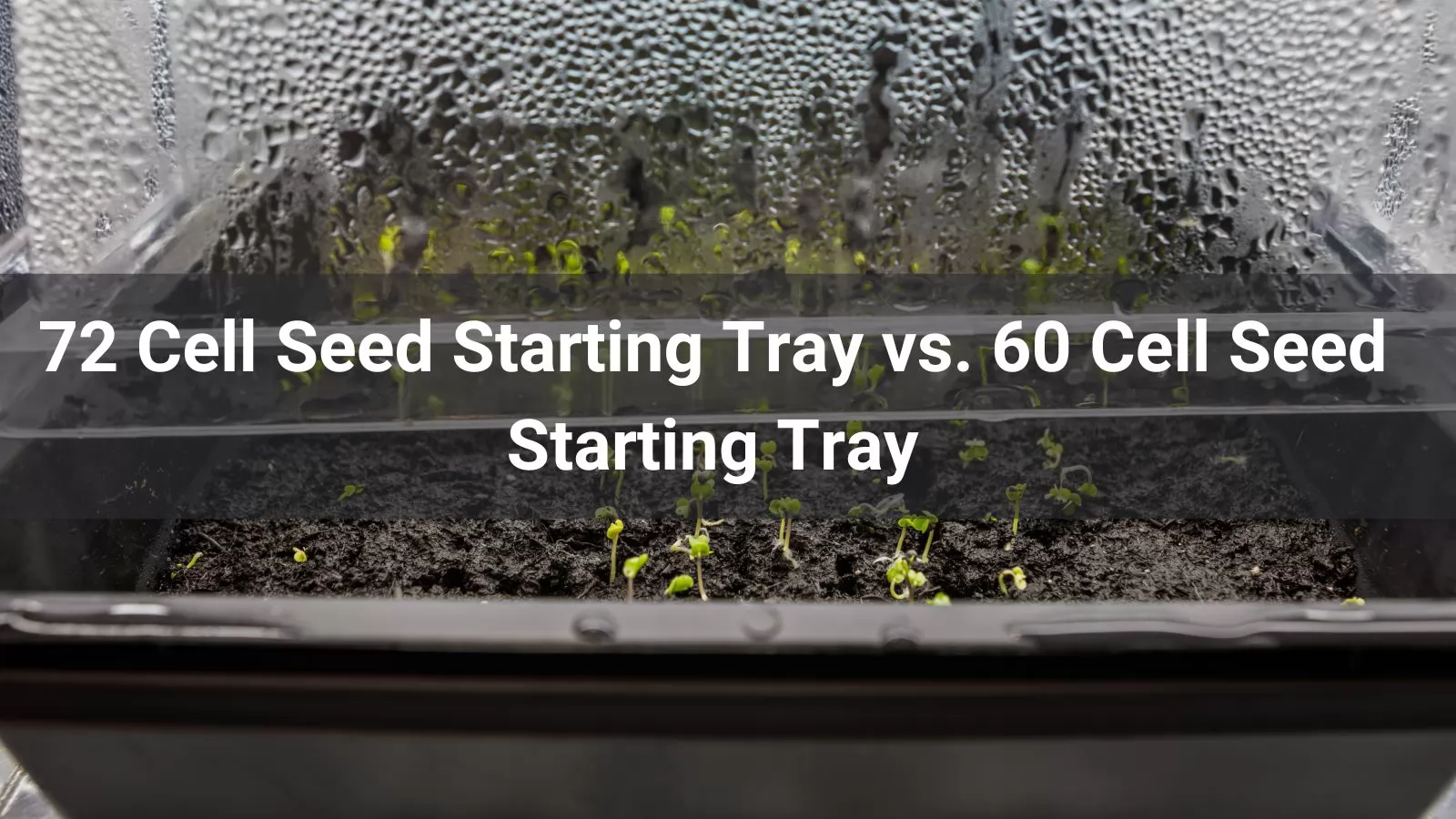
When it comes to starting seeds indoors, choosing the right seed starting tray can significantly impact your gardening success. Two popular options, the 72-cell seed starting tray and the 60-cell seed starting tray, offer distinct advantages depending on your needs, space, and the types of plants you’re growing. In this article, we’ll compare these two tray sizes based on cell count, cell size, space efficiency, plant suitability, and practical considerations to help you decide which is best for your gardening goals.
The most obvious difference between the 72-cell and 60-cell seed starting trays is the number of cells. A 72-cell tray accommodates 72 individual seedlings, while a 60-cell tray holds 60. Both trays typically fit within a standard 1020 tray (10" x 20"), meaning they occupy the same footprint. However, the 72-cell tray allows you to grow 12 more seedlings in the same space, making it 20% more efficient in terms of seedling capacity.
Winner: The 72-cell tray wins for space efficiency, making it a top choice for market gardeners or anyone aiming to scale up production without adding more trays.
Cell size is a critical factor in seed starting, as it determines how much soil and root space each seedling has before transplanting. The 72-cell tray has smaller cells, typically around 1.5" square by 2.25" deep, while the 60-cell tray offers slightly larger cells, often closer to 1.75" square by 2" deep (exact dimensions vary by manufacturer).
Winner: The 60-cell tray takes the edge here for supporting healthier root development over a slightly longer period, reducing the risk of root-bound seedlings.
The type of plants you’re growing plays a big role in choosing between these trays. Each tray size caters to different crops based on their germination and growth needs.
Winner: Depends on your plants. The 72-cell tray excels for high-volume, small-seeded crops, while the 60-cell tray is more versatile for a broader range of seedlings.
Timing is key in seed starting, and the tray you choose affects how long seedlings can stay before needing to be moved.
Winner: The 60-cell tray offers more flexibility for transplant timing, making it easier to manage unexpected delays.
Beyond plant needs, practical factors like cost, durability, and ease of use also matter.
Winner: Tie—cost-effectiveness favors the 72-cell tray, but the 60-cell tray is more user-friendly for handling.
Ultimately, your choice depends on your gardening goals, space constraints, and the crops you’re cultivating. For many, a combination of both trays offers the best of both worlds—use the 72-cell tray for high-density starters and the 60-cell tray for plants needing a little more room to thrive. Whichever you pick, pair it with a sturdy 1020 tray and a humidity dome for optimal germination, and you’ll be well on your way to a successful growing season!




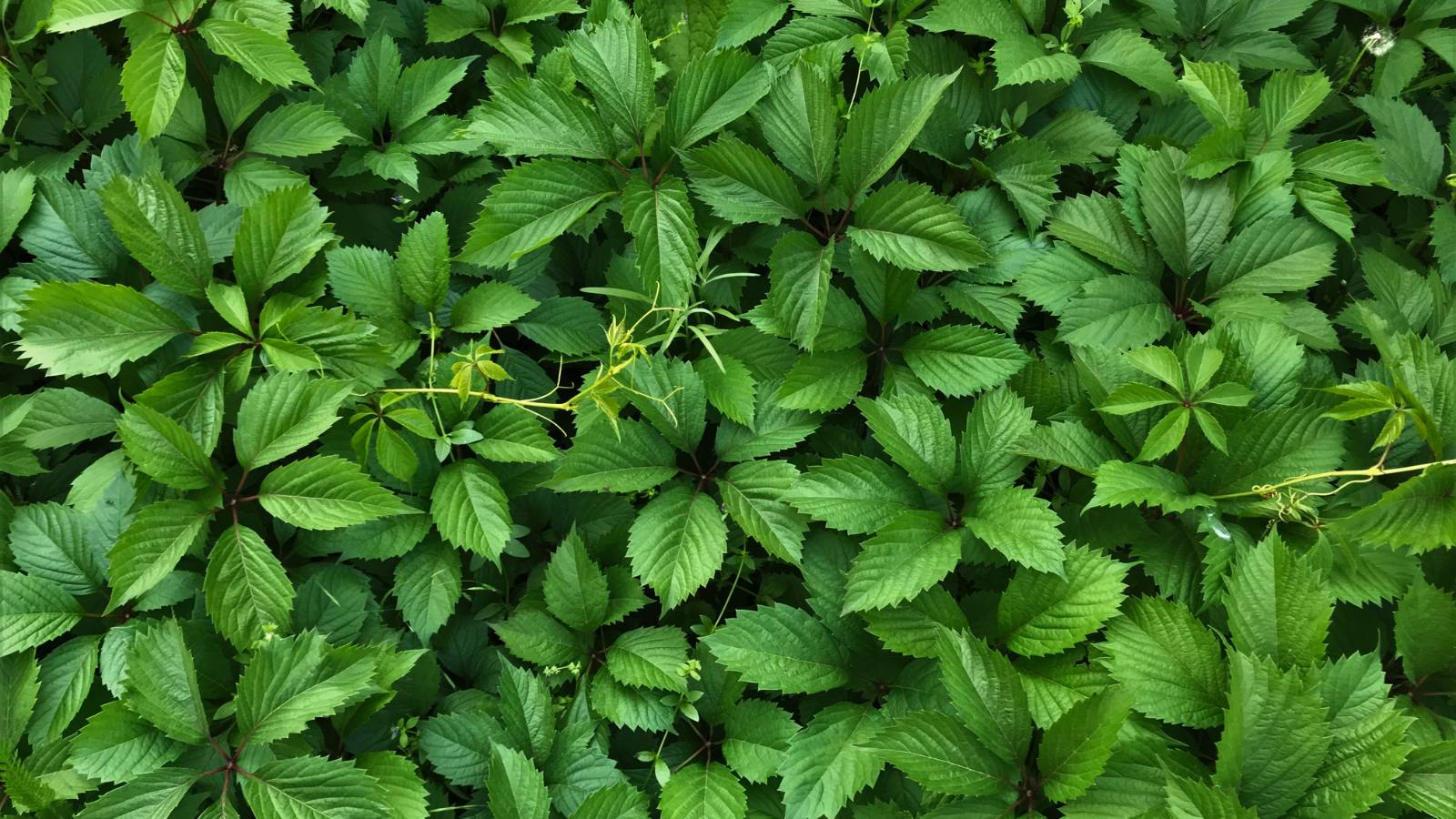

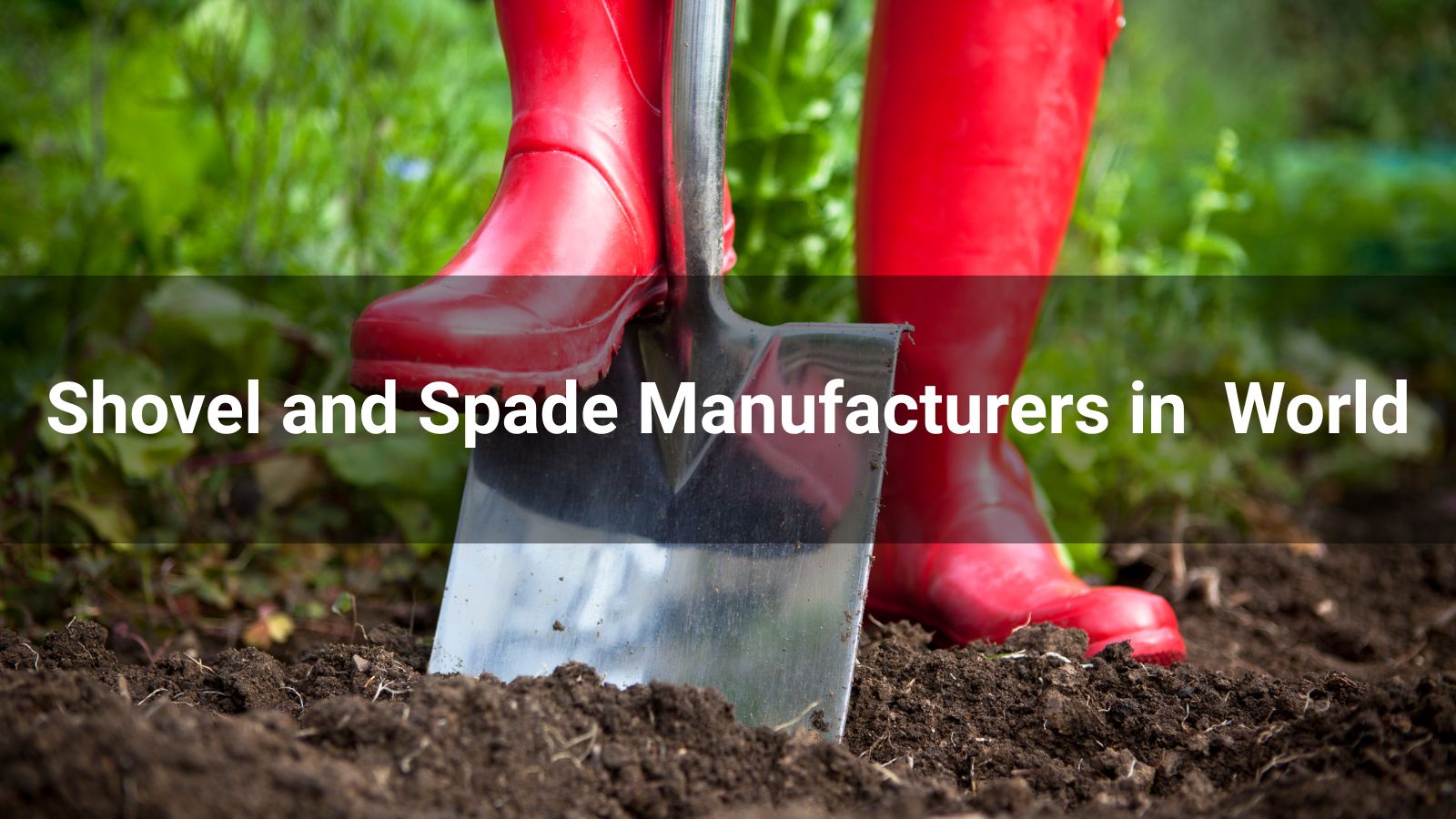

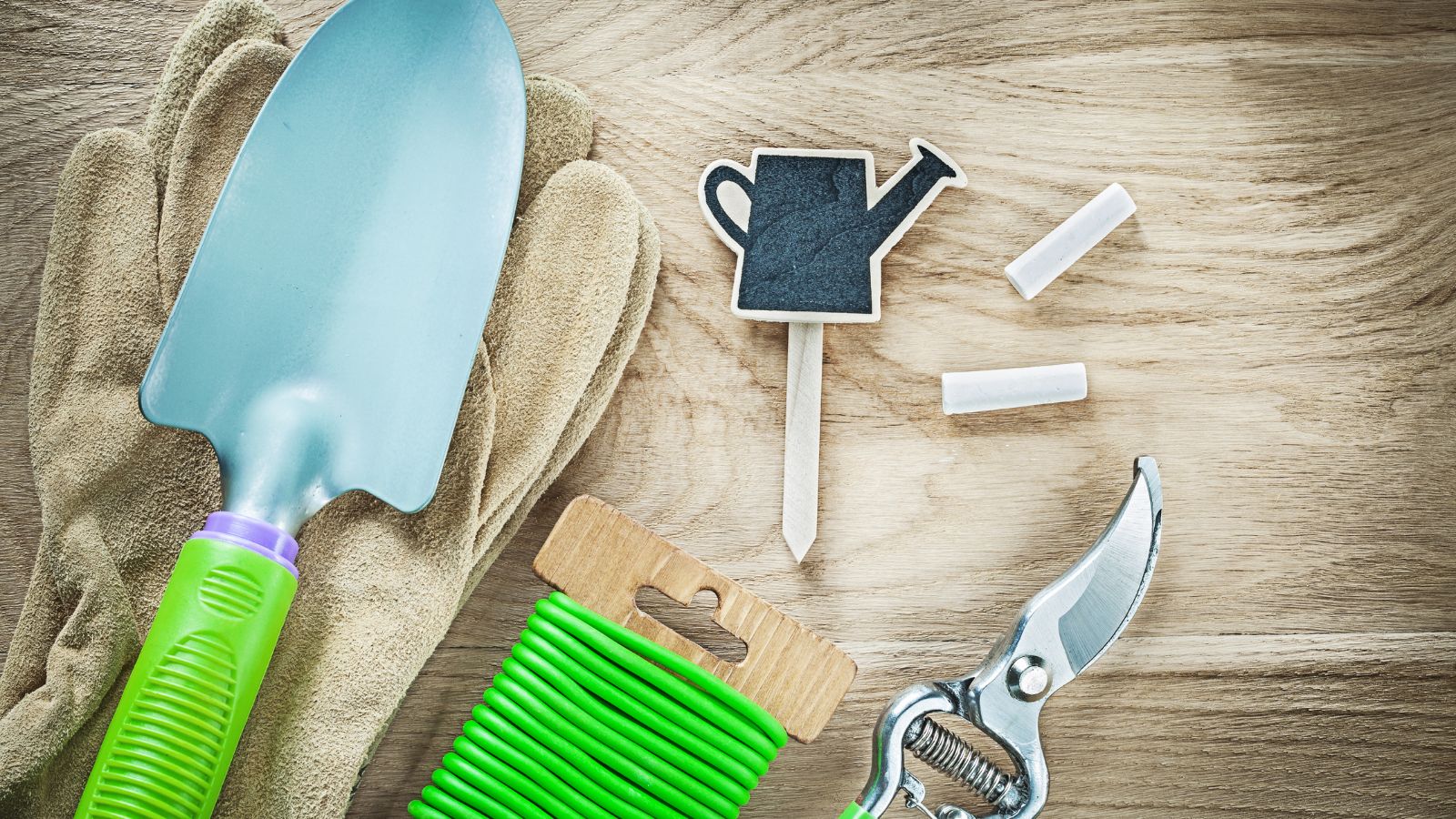

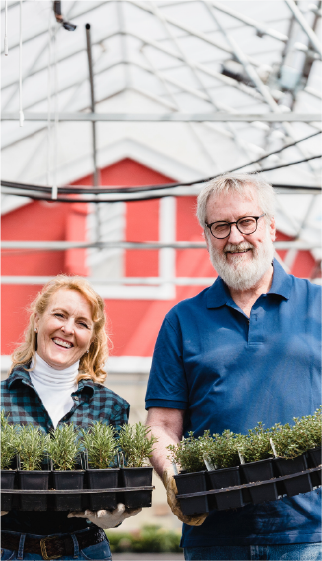
We use cookies to make the website work, to provide advanced features, social media and traffic analysis, and we use analytics and third-party advertising cookies. If you choose to click "Deny All", you will retain the default setting of not allowing the use of cookies or other tracking tools other than technical tools.



